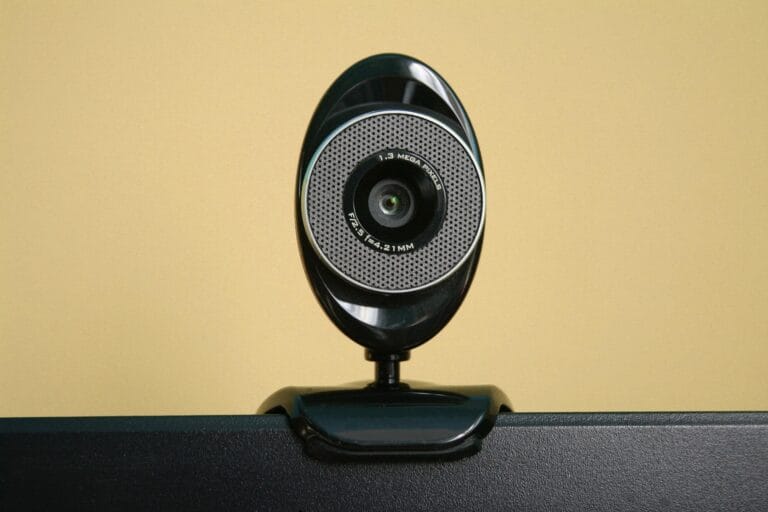Building your own PC is a rewarding and liberating experience that enables you to create a system that caters to your particular requirements and tastes. Whether you’re an avid gamer, a content producer, or simply need a high-speed machine, this comprehensive manual will guide you through the step-by-step process of constructing a personalized PC. From choosing the correct parts to activating your masterpiece, join us on the thrilling journey of creating your own computer.
Preparing for the Build
Steps to take to prepare for the build.
In-depth Research and Thorough Planning
Before delving into PC construction, do extensive research on the most recent components, advancements in technology, and compatibility issues. Design your budget and define the main purpose of your PC to help inform your choice of components.
List of Essential Components
Put together a list of required components (I will provide links to the parts I used):
- CPU – AMD Ryzen 7 5700X
- Motherboard – ASUS ROG Strix B450F-II Gaming
- RAM – G.Skill Trident Z Neo Series DDR4 32 GB
- Storage (SSD/HDD) – Samsung 970 EVO Plus SSD 1TB NVMe M.2
- GPU – GIGABYTE GeForce RTX 3060 Gaming OC 12G (REV2.0)
- Power Supply (PSU) – Seasonic Focus PX-750
- PC Case – NZXT H5 Elite Compact ATX Mid-Tower PC Gaming Case
- Cooling System – CoolerMaster MasterLiquid ML240L RGB V2
- Thermal Paste – Arctic MX-4 (See My Review)
- Accessories (keyboard, mouse, monitor)
Necessary Tools and Work Area
Collect necessary tools, including a Phillips-head screwdriver, and an anti-static wrist strap (suggested), ensuring you have a spacious, well-lit work area.
Component Selection
Selecting the parts of your PC.
Processor and Motherboard Compatibility

Select a processor that fits your performance requirements and budget (I would reccommend AMD Ryzen processors based on their price and performance). Confirm its compatibility with the motherboard by choosing a corresponding socket type and chipset.
Choosing RAM
Choose the RAM size according to your computing needs. Confirm it is compatible with the motherboard, considering aspects like speed and DDR type.
Storage Possibilities
Choose SSDs for quicker performance or HDDs for more storage volume. Consider utilizing both for the best performance and storage capacity.
Graphics Processing Unit (GPU)

Pick a GPU suited for your gaming or graphics-demanding tasks. While some CPUs come with built-in graphics, a dedicated GPU typically offers superior performance.
Power Supply Factors
Make sure to select a power supply unit that can provide enough power for your components. It should also have the necessary connectors for your graphics processing unit and other peripherals.
Constructing Your PC
Now it’s time to put the parts together to build your PC.
Measures against Static Electricity
Put on an anti-static wrist band or repeatedly touch a ground source to avoid causing static electricity damage to parts.
1. CPU Fixture
Gently place the CPU into its socket on the motherboard. Make sure the notches align properly and secure it using the lever on the socket.
2. Mounting the CPU Cooler
If needed, apply thermal paste and fix the CPU cooler as per the instructions provided by the manufacturer.
3. RAM Fixture
Unlock the RAM slots on the motherboard, align the notches on your RAM modules, and press down until they click into their respective slots.
4. Storage Device Installation
Securely fix your SSD and/or HDD in the dedicated slots inside your PC case.
5. Attaching the Motherboard
Line up the motherboard with the standoffs inside the case and use screws to secure it. Be mindful of proper cable management.
6. Connecting the Power Supply
Link the 24-pin main motherboard power connector and the CPU power connector from the power supply unit. Connect power cables to the graphics processing unit and the storage devices.
7. Attaching the GPU
Place the graphics processing unit in the PCIe slot on the motherboard and use screws to secure it to the case.
8. Organizing Cables
Arrange and secure your cables to optimize airflow and keep the internals of your case tidy.
9. Linking Peripherals
Connect peripherals such as the keyboard, mouse, and monitor to your motherboard.
Steps After Assembly
What to do after you build your PC and its ready to go.
Starting Up
Ensure all connections are secure and switch your PC on by plugging in the power cable, turning on the power supply unit, and hitting the power button.
Installing the OS
Boot up from your operating system installation media (e.g., USB/DVD) and follow the instructions displayed on-screen to install your PC’s operating system. I would recommend Windows 11 as your operating system. You can get cheap windows keys from Kinguin.
Installing Drivers
Download and install the latest drivers for your graphics processing unit and motherboard from the manufacturers’ official websites.
BIOS/UEFI Configuration
During the booting process, press the specific key to get into the BIOS/UEFI. Here, adjust settings such as boot sequence and enable XMP for the RAM.
Final Verifications
Observe temperatures, employ stress testing tools to affirm system stability, and guarantee all software is current.
Conclusion
The task of constructing your personal PC is a fulfilling quest that gives you the ability to design a device to meet your exclusive needs. You’ve successfully managed the complex process of part selection and assembly by following this detailed guide, thus guaranteeing a seamless and successful PC building venture. Enjoy the accomplishment of not just creating a computer, but also the opening of a cosmos of possibilities in your computing adventure as you switch on your freshly constructed system. Now of course there will be a few more things you will need to tune in order to get the most out of your PC build depending on what you used. I have a guide for the Optimal NVIDIA Control Panel Settings.



I forgot to mention this but I would highly recommend that in 2023, you should at least get a rtx 3060 or something with at least 8gb vram.